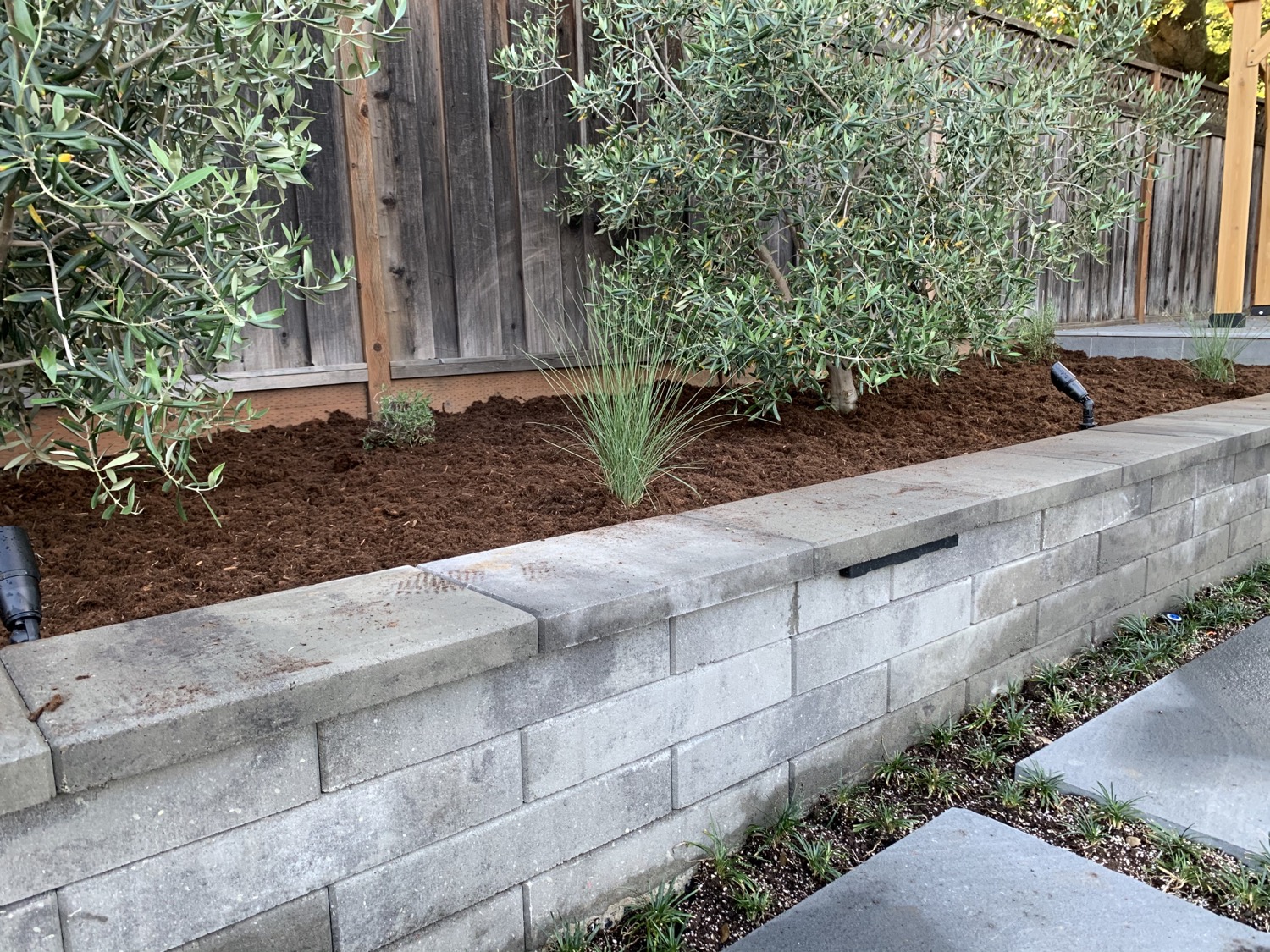The Seven Principles of Landscape Design
- Priority Landscaping

- Oct 18, 2023
- 2 min read
The seven principles of landscape design are guidelines that professional landscape designers and architects follow to create visually pleasing and functional outdoor spaces. These principles help ensure that the landscape is well-balanced, harmonious, and suitable for its intended use.
The seven principles of landscape design are:
Unity: Unity refers to the need for all components of a landscape to work together in harmony. It involves creating a sense of cohesion and consistency through the use of similar elements, such as plant types, materials, or color schemes. Unity ensures that the landscape feels connected and not disjointed.
Balance: Balance involves the distribution of visual weight in a landscape. There are two types of balance: symmetrical and asymmetrical. Symmetrical balance is achieved when elements on either side of a central point are identical or nearly identical. Asymmetrical balance involves different elements that have equal visual weight but are not identical, creating balance through arrangement rather than mirroring.
Proportion and Scale: Proportion and scale refer to the size and relationship of elements within the landscape. It's essential to have a proper balance between elements to ensure that one doesn't overpower the others. Elements should be in proportion to each other and the overall space, ensuring a harmonious look.
Focal Point: A focal point is a central element that draws the viewer's attention. It can be an impressive tree, a sculpture, a water feature, or any other visually striking element. Focal points create visual interest and guide the viewer's gaze through the landscape.
Rhythm and Line: Rhythm involves the repetition of elements in the landscape, such as plantings, materials, or shapes. Lines are pathways, edges, or borders that guide the eye and create a sense of movement. Incorporating both rhythm and lines can add visual interest and flow to the design.
Contrast and Harmony: Contrast involves using elements that are different from one another to create visual interest. Harmony, on the other hand, involves using elements that are similar or complementary to create a sense of unity. Striking a balance between contrast and harmony helps create a visually pleasing landscape.
Simplicity: Simplicity suggests that a landscape should be clear and straightforward, avoiding unnecessary complexity or clutter. A well-designed landscape often follows the principle of "less is more," emphasizing simplicity to create a clean and elegant look.
These seven principles serve as a foundation for landscape design, providing guidance to designers and property owners in creating outdoor spaces that are not only aesthetically pleasing but also functional and enjoyable. By applying these principles, one can achieve a well-balanced and harmonious landscape design.

